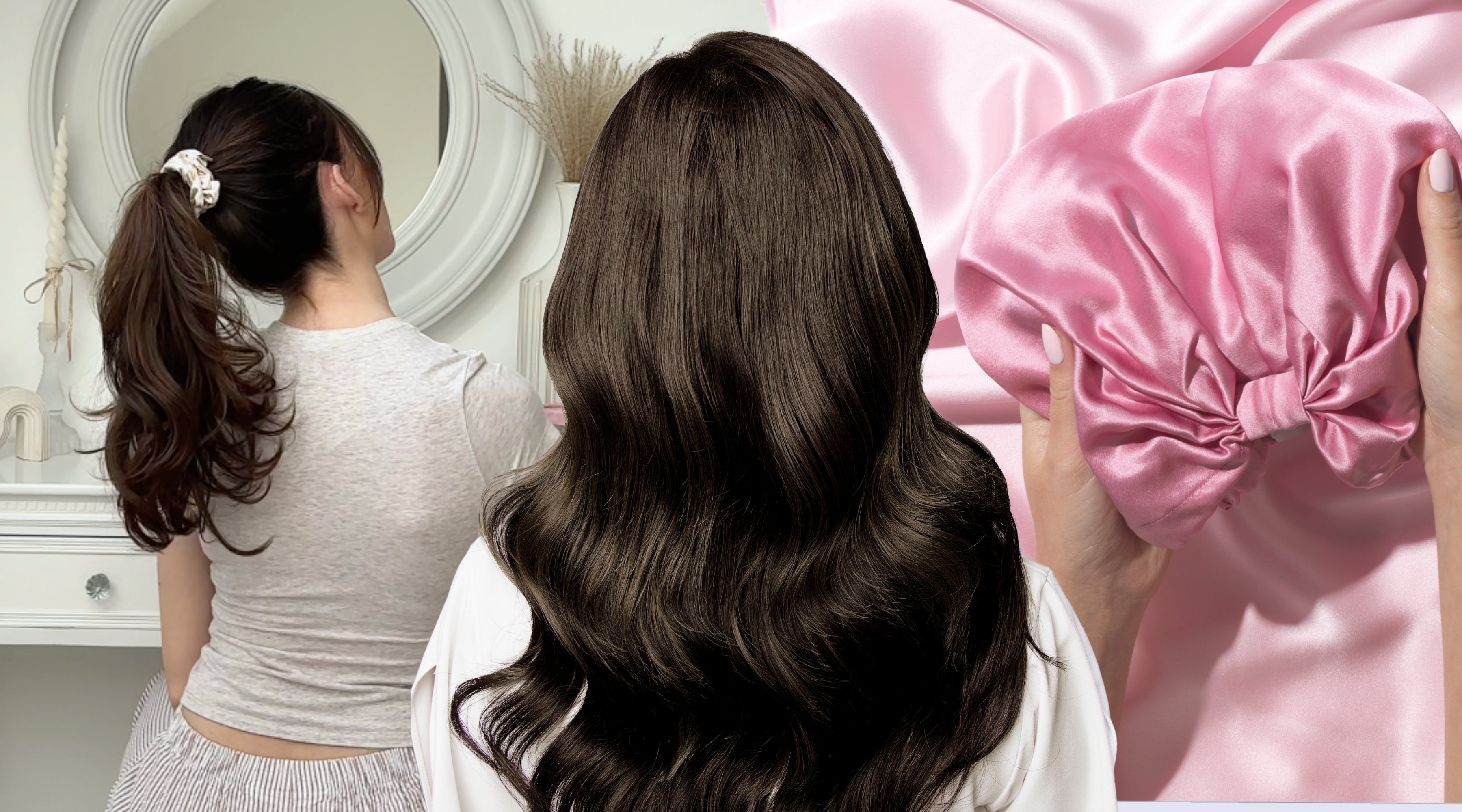
The Ultimate Guide to Hair Extensions
The modern woman’s guide to making extensions look (and feel) like your real hair - for longer.
Hair extensions have long shaken off their reputation as the reserve of ultra-glam WAGs and Y2K clip-ins. In 2025, they're mainstream - subtle, transformative, and expertly applied by stylists whose handiwork is so seamless, you’d never guess you were admiring anything other than real hair.
From the red carpet to your Pinterest board, many of the hairstyles that spark major hair envy rely on carefully placed extensions - adding not just length, but volume, structure, and even colour. Gone are the days when we assumed that celebrities were just genetically blessed. Thanks to a generation of hair professionals demystifying their work via social media, we now know the truth: there’s almost always a clever technique (and a few extra wefts) behind every great hair moment.
But while extensions may be ubiquitous, they still raise a lot of questions. What kind is best for my hair type? Will they damage my natural strands? Are they high-maintenance? Can I wear them with short hair? Let’s explore how hair extensions can subtly elevate your look - and how to care for them properly to make the most of your investment.
The Secret Power of Hair Extensions (And It’s Not Just About Length)
When you hear “hair extensions,” it’s likely that Rapunzel-length locks are the first thing that come to mind. But while extra inches are a popular request, it’s far from the only benefit. Hair extensions are an incredibly versatile tool in the hands of a skilled stylist.
In fact, shorter styles often rely on extensions too. Whether it’s to achieve a sharply defined bob or to add fullness to a low bun, extensions can transform finer or uneven hair into something red carpet-worthy. Many session stylists use them subtly: a few pieces at the sides to frame the face, a couple at the back for that picture-perfect silhouette. It’s not about making your hair longer - it’s about making it better.
For those dealing with thinning hair or hair loss - particularly common during postpartum periods or menopause - extensions can be a lifeline. According to Balance Menopause, around 40% of women experience hair loss after menopause, often in the form of diffuse thinning or noticeable patches at the front and temples. Extensions can help restore confidence by creating the illusion of fuller, healthier hair.
They’re also a brilliant option for those of us who’ve simply never had a lot of hair to begin with. If your strands are naturally fine, styling for volume at the roots is fairly achievable - but faking thickness through the ends? Not so much. That’s where extensions, especially tape-ins, come into their own. These lay flat at the root, blend effortlessly, and are gentle enough for fragile or newly regrown hair.
And then there’s colour. Love the idea of balayage but not ready to commit - or bleach your hair into oblivion? Extensions are a damage-free way to play with highlights, lowlights, or even a subtle ombré. You can experiment with tones, warmth, or depth for a few weeks without a single drop of peroxide touching your natural hair.

Choosing the Right Type of Hair Extensions For You
Hair extensions aren’t one-size-fits-all. There are multiple application methods, and the best option depends on your natural hair texture, lifestyle, and how long you want them to last. SILKE London’s co-founder and hairstylist, Maria Sotiriou, has over 35 years of behind-the-chair experience, and she breaks it down simply:
“There are six main types of extensions widely used in salons today, and each has its own pros and cons. The key is selecting a method that suits your needs - and having it applied by a professional who understands your hair.”
Here’s what you need to know:
1. Tape-in Extensions
Small wefts of hair attached to an adhesive base, applied in a “sandwich” method with your natural hair in between.
- Best for: Fine hair, subtle volume, easy maintenance
- Wear time: 6-8 weeks
- Pros: Lie flat against the scalp for a discreet finish
- Considerations: Require regular refitting to maintain a natural blend
2. Sewn-in Wefts
Larger wefts that are sewn into braided sections or onto small bonds.
- Best for: Thicker hair, long-term wear
- Wear time: 6-10 weeks
- Pros: Secure, voluminous
- Considerations: Not suitable for finer hair types
3. Clip-in Extensions
Temporary wefts attached with small clips that you can apply and remove yourself.
- Best for: Occasional use, events, first-timers
- Wear time: Daily wear only
- Pros: No commitment, easy to apply
- Considerations: Can be bulky, less natural feel
4. Micro Ring Extensions
Individual strands attached using small metal rings clamped to your natural hair.
- Best for: Medium to thick hair
- Wear time: 6-12 weeks
- Pros: No heat or glue involved
- Considerations: Can slip or pull if not maintained
5. Fusion (K-Tip) Extensions
Strands fused to your hair with a keratin bond and heat.
- Best for: Long-term wear, special occasions
- Wear time: 3-4 months
- Pros: Invisible bonds, durable
- Considerations: Time-consuming application and removal
6. Wire Halo Extensions
A large weft attached to an invisible wire, worn like a headband.
Best for: Temporary use, hair-friendly styling
Wear time: As needed
Pros: Zero damage, no application skills required
Considerations: Limited styling options
Pro tip: Aside from clip-ins or halo extensions, all hair extension methods should be applied professionally. Book a consultation to discuss your goals and let a specialist recommend the safest option for you.

Hair Extension Myths & Maintenance: How to Keep Your Hair Healthy
There’s a persistent myth that hair extensions damage your real hair. And while it can happen, it’s almost always due to poor application, improper care, or overuse - not the extensions themselves.
“Wearing hair extensions shouldn’t come at the cost of your natural hair,” says Maria. “But the reality is, repetitive and long-term use without breaks or care can lead to weakening at the follicle - and in some cases, traction alopecia.”
5 Golden Rules for Healthy Hair Extension Use:
- Don’t leave permanent extensions in longer than 6-8 weeks
- Always have them applied and removed by a qualified professional
- Let your natural hair rest between extension cycles
- Prep your hair beforehand with colour and a trim -and do the same once they’re out
- Avoid pulling or rough styling that puts tension on the bonds
Protective styling is essential, particularly for longer extensions. A loose, low braid keeps hair secured without adding pressure at the roots. And never tie your hair up with elastic—Maria always recommends using a 100% silk SILKE Hair Tie to avoid snapping or friction.
Night-Time Extension Care
One of the most overlooked parts of hair extension care? What happens while you sleep. Tossing and turning can cause friction that weakens the bond or tangles the lengths. Wrapping your hair in a SILKE Hair Wrap each night prevents breakage, protects the bonds, and keeps your style intact for days longer.
And yes, we said days. Extensions, especially human hair, hold onto styles and oil longer than natural hair alone. That’s why a hair wrap is key to extending the time between washes - a major bonus when you consider how much more effort it takes to wash, dry, and style with added hair.
How to Wash, Dry & Style Your Extensions Properly
Washing your hair extensions isn’t rocket science, but it does require a bit of know-how. Here's how to treat them with the care they deserve:
Do:
- Use sulphate-free shampoo to avoid drying the hair or weakening adhesive bonds
- Apply moisturising conditioner from mid-lengths to ends (never at the roots)
- Blow-dry thoroughly after each wash—wet extensions are heavier and more prone to slippage
- Use warm air, not hot, to prevent damage to both natural and artificial strands
Don’t:
- Let hair air dry (the extra weight causes tension at the root)
- Sleep with wet hair
- Overload with product—this causes build-up and dulls the finish
- Skip trims, especially if you’re reusing the same extensions
“The cuticle on human hair extensions is different from your own,” explains Maria. “That’s why tangling happens more easily. If you imagine two different hair textures rubbing together, friction is inevitable. Wearing a SILKE Hair Wrap helps those cuticles glide past one another, keeping everything smooth, glossy, and knot-free.”

Are Hair Extensions Worth It?
When chosen and cared for correctly, hair extensions are more than a beauty boost - they’re a confidence catalyst. Whether you’re using them to thicken up a limp ponytail, get the blunt bob of your dreams, or add luminous highlights without a hint of bleach, extensions offer a customisable way to elevate your look.
But they’re an investment - one that requires commitment, maintenance, and the right aftercare tools to protect your strands and your style. And when it comes to aftercare, silk is your hair’s best friend.
Our tip? Wrap it up nightly in a SILKE Hair Wrap and tie it gently with a SILKE Hair Tie. Your hair (and your extensions) will thank you.
Love, SILKE xo




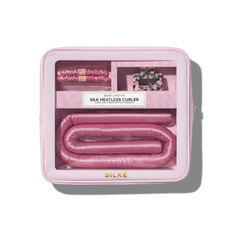

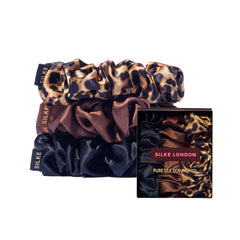
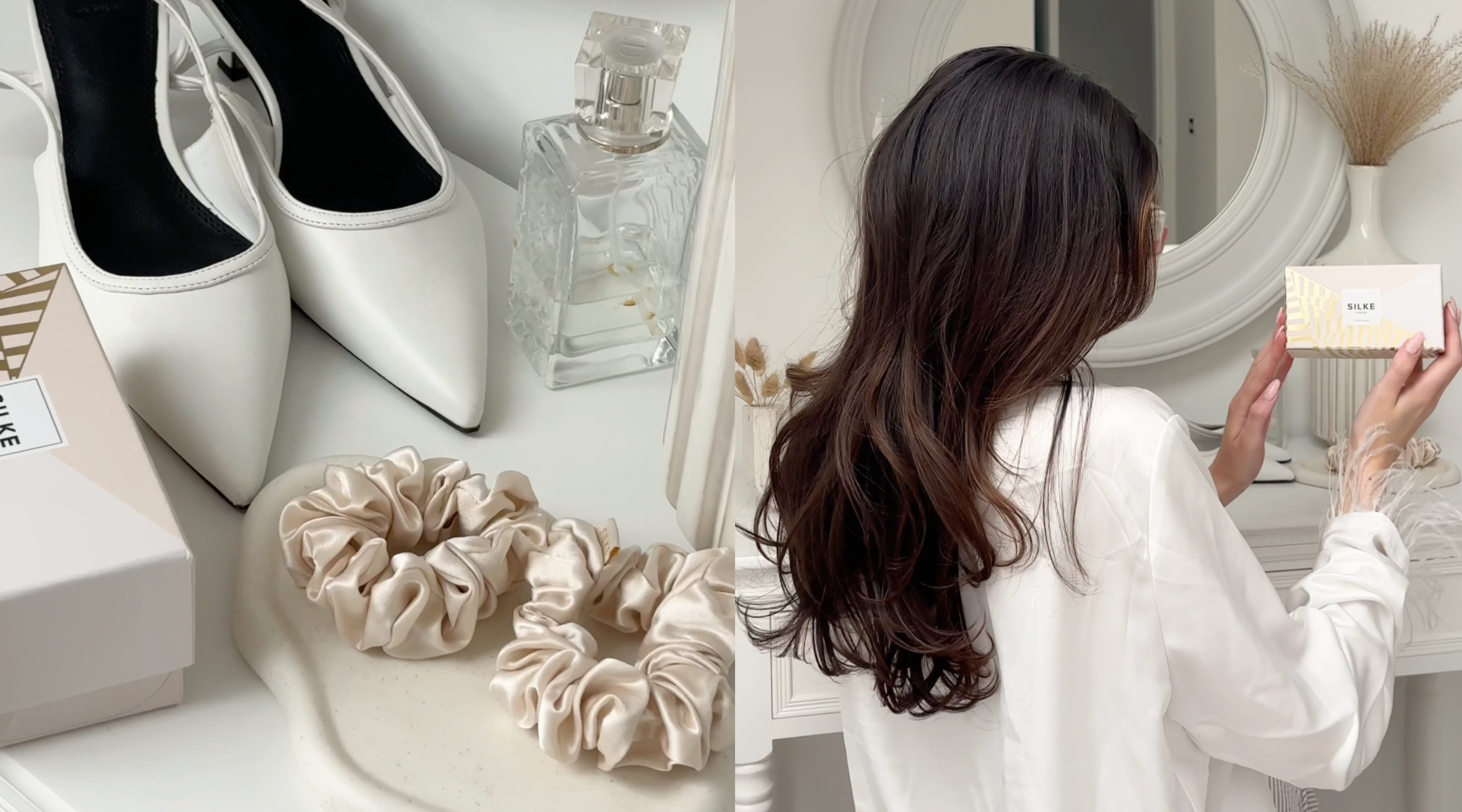
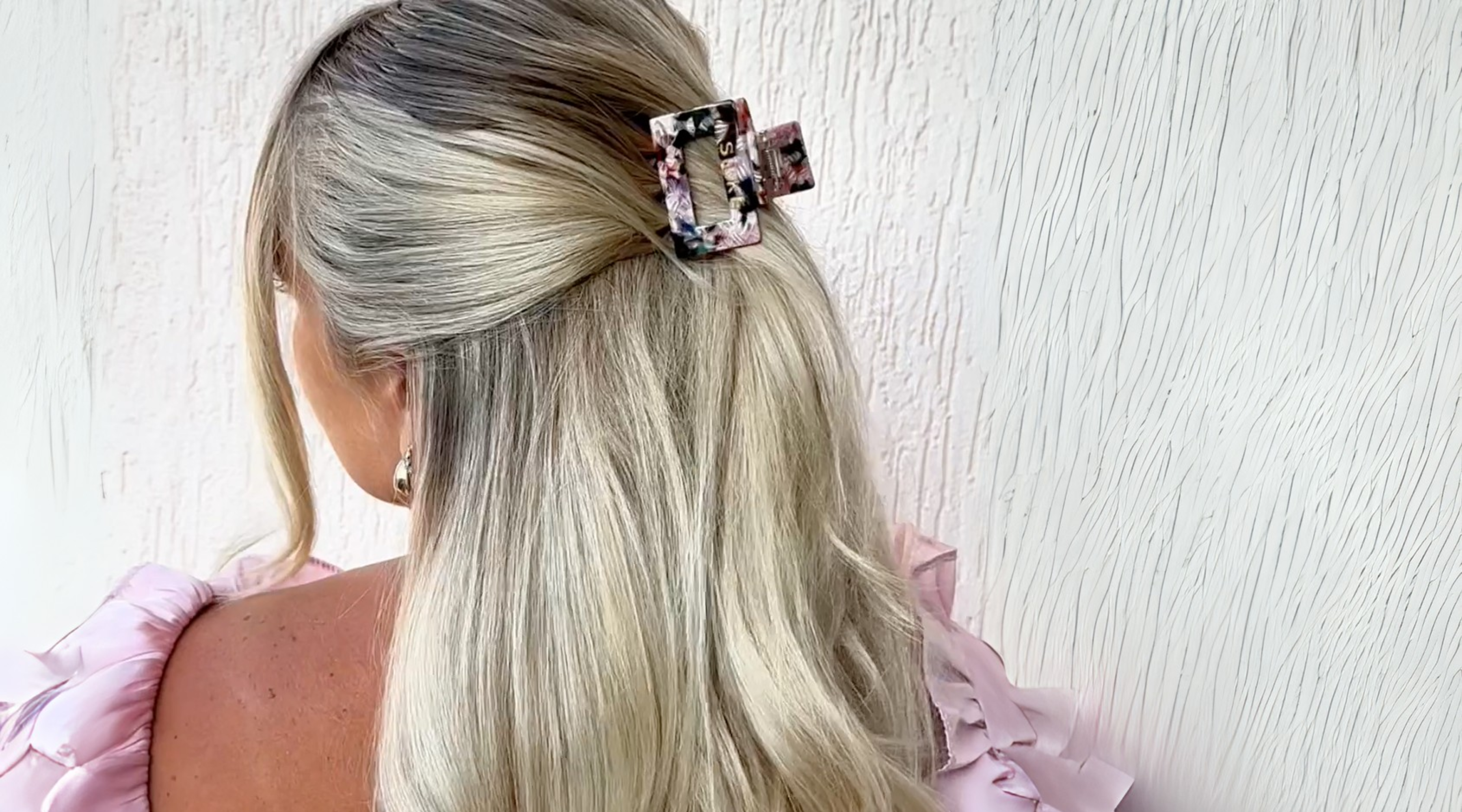
Leave a comment
This site is protected by hCaptcha and the hCaptcha Privacy Policy and Terms of Service apply.